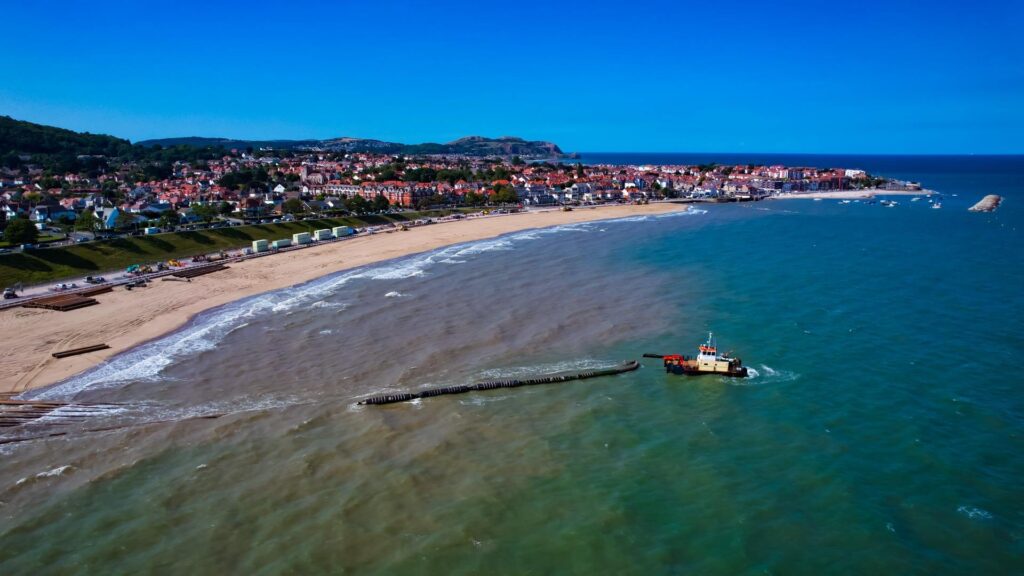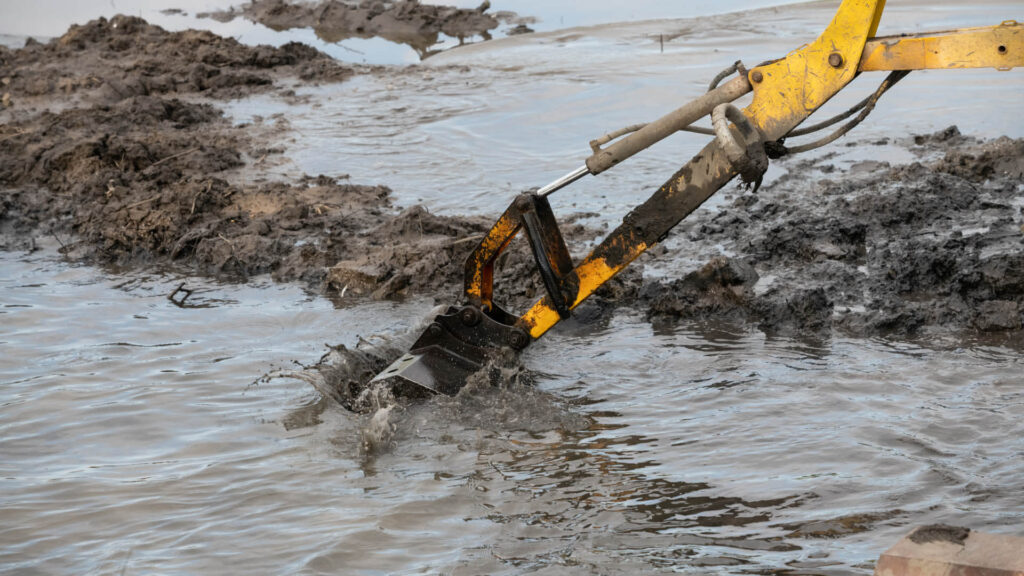Land reclamation is the process of converting unusable land, such as wetlands, deserts, or water bodies, into land suitable for agriculture, urban development, or other purposes. It encompasses various techniques, including filling, draining, dredging, and restructuring land to make it viable for human use. Land reclamation has been a transformative tool in urban development, enabling the expansion of cities and infrastructure, and in coastal protection, safeguarding communities against rising sea levels and erosion.
Land reclamation has been practiced for centuries. The Netherlands, for example, is famous for its innovative reclamation projects, where vast areas of land have been reclaimed from the sea to create habitable and productive regions. In modern times, land reclamation has gained even more prominence, particularly in rapidly urbanizing areas like Dubai, Singapore, and Hong Kong, where limited space has necessitated creative solutions to meet urban demands.
However, as beneficial as it is, land reclamation also poses significant environmental challenges. These include the loss of natural habitats, disruption of ecosystems, and potential long-term ecological damage. A specific subset of reclamation, mining land reclamation, highlights the importance of restoring mined areas to productive states while minimizing environmental harm.
Balancing development goals with environmental preservation is critical for sustainable land reclamation. By implementing thoughtful planning, innovative technologies, and sustainable practices, we can ensure that land reclamation serves both humanity and nature in the long run, contributing to resilient urban growth and environmental stability.
Understanding Land Reclamation
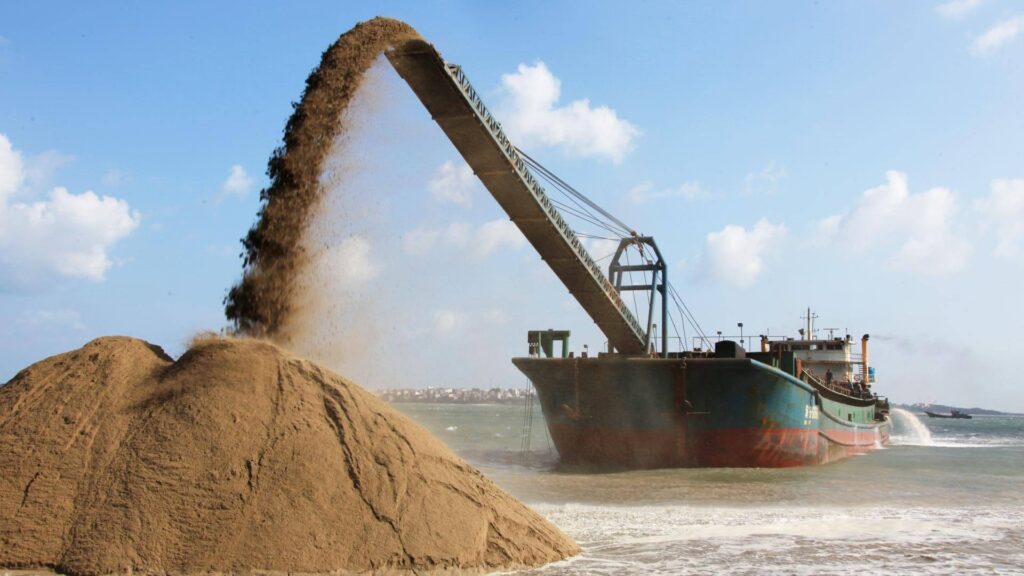
Land reclamation is the process of transforming unproductive or unusable land into land suitable for agriculture, urban development, or other human activities. The land reclamation meaning includes techniques that alter the physical characteristics of land, such as raising its elevation or improving its stability, to make it functional. This practice has been instrumental in addressing challenges related to limited land availability, urbanization, and environmental protection.
There are several types of land reclamation methods, each tailored to specific site conditions and objectives:
- Filling: This method involves adding materials like sand, soil, or rock to raise the elevation of submerged or low-lying land. It is commonly used in coastal areas to create land for ports, airports, and urban development.
- Draining involves removing water from wetlands or marshes and converting them into dry land suitable for agriculture or construction.
- Dredging: This method uses dredging equipment to extract sediment from the seabed or rivers, which is then used to build up land in other areas.
- Mining land reclamation: Focuses on restoring areas disturbed by mining activities. This method transforms mined-out lands into productive spaces, such as agricultural fields, recreational areas, or natural habitats.
Land reclamation’s key objectives include urban expansion to accommodate growing populations, coastal defense to protect against rising sea levels and erosion, and resource recovery for sustainable land use. Each of these goals underscores the importance of land reclamation in modern development.
By employing thoughtful planning and sustainable practices, land reclamation continues to play a vital role in creating usable land while addressing environmental and urban challenges.
The Role of Land Reclamation in Urban Development
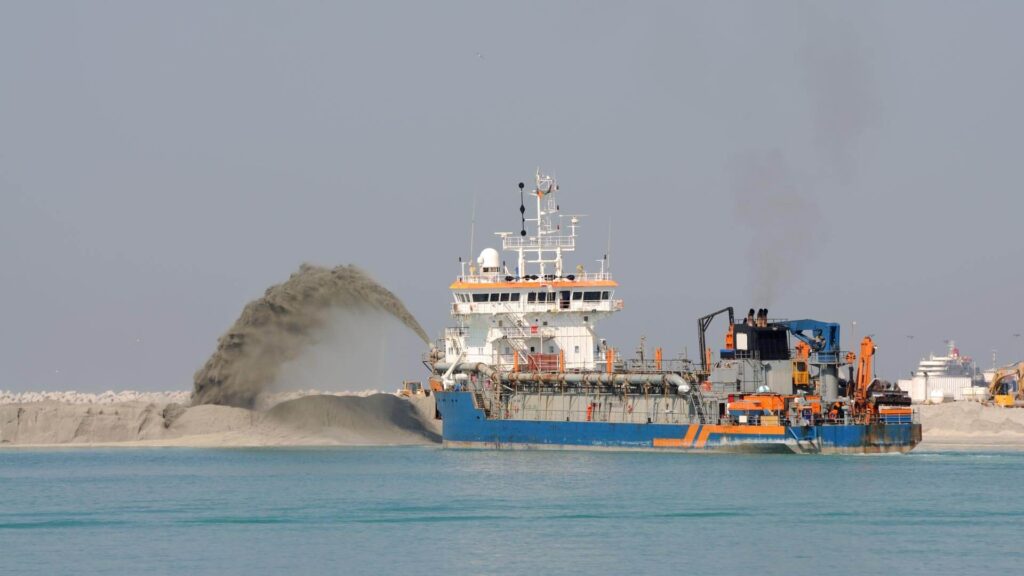
Land reclamation plays a critical role in addressing the challenges posed by growing urban populations and limited land availability. By transforming unusable land into functional spaces, it provides much-needed real estate for residential, commercial, and infrastructure development. Land reclamation meaning extends beyond just creating new land—it also supports sustainable urban planning and economic growth by enabling cities to expand in a controlled and efficient manner.
Land reclamation has become a key strategy for urban growth in densely populated areas where natural land is scarce. Cities like Singapore and Hong Kong have successfully used land reclamation to expand their urban footprints, creating space for housing, transportation networks, and industrial zones. This approach alleviates overcrowding and allows for the development of modern, well-planned urban areas.
However, urban land reclamation projects also come with challenges. One major concern is the environmental impact, as reclamation can disrupt ecosystems, alter hydrology, and lead to habitat loss. Additionally, the high cost of reclamation projects and the need for advanced technologies often pose financial and logistical hurdles. Despite these challenges, innovations in sustainable practices and reclamation techniques have opened up new opportunities.
Mining land reclamation, for example, highlights how disturbed land can be restored and repurposed for urban use. By combining mining land reclamation with urban planning, cities can transform previously unusable land into valuable assets, supporting long-term development.
By understanding the land reclamation meaning in the context of urban development, stakeholders can ensure that projects are not only functional but also environmentally sustainable, fostering growth and resilience in expanding cities.
Land Reclamation for Coastal Protection
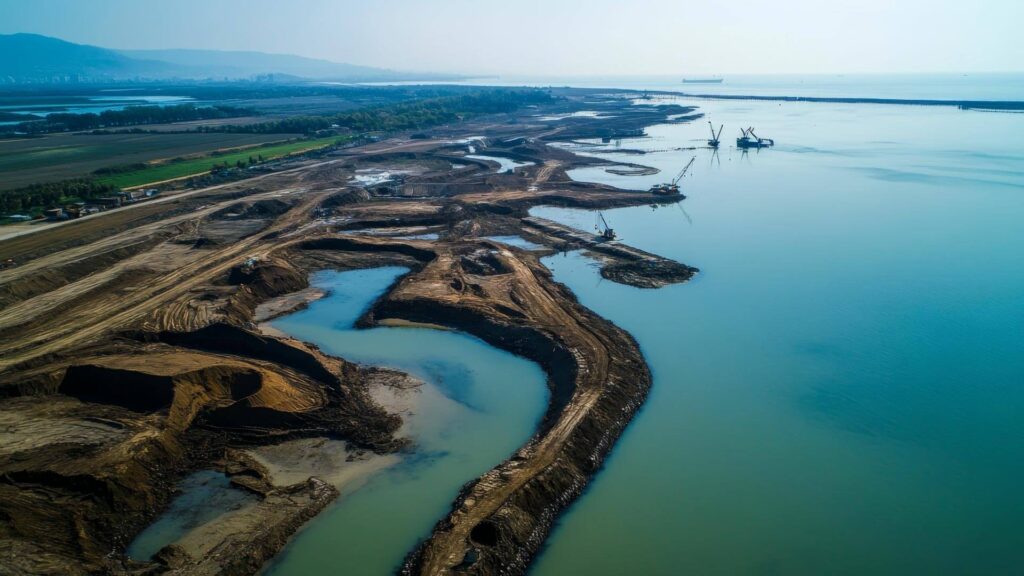
Land reclamation plays a crucial role in mitigating the effects of coastal erosion and rising sea levels, which are pressing challenges for many coastal communities. Transforming vulnerable or submerged areas into stable land provides a buffer against the encroachment of seawater and helps protect existing infrastructure and populations. Land reclamation’s meaning in coastal protection extends to creating new land while safeguarding existing coastlines, ensuring both economic and environmental sustainability.
One of the most notable applications of land reclamation in coastal defense is the creation of artificial islands and raised landmasses that act as barriers against storm surges and wave action. Projects such as the Palm Islands in Dubai and the Maeslantkering barrier in the Netherlands illustrate how engineered solutions can combine with land reclamation techniques to protect valuable coastal assets.
Sustainable coastal defense increasingly integrates natural and engineered solutions. For example, land reclamation projects now often incorporate wetlands, mangroves, or coral reefs to enhance ecological resilience while providing physical protection. This dual approach ensures long-term benefits, as these ecosystems help absorb wave energy, reduce erosion, and promote biodiversity.
Mining land reclamation can also contribute to coastal protection. By repurposing mined materials and restoring disturbed lands near coastal areas, these projects can create barriers or reinforce vulnerable zones. This innovative use of mining land reclamation not only addresses erosion but also supports resource recycling.
Understanding the land reclamation meaning in the context of coastal protection highlights its importance in building resilience against climate change and safeguarding communities while integrating natural and engineered solutions for sustainable outcomes.
Mining Land Reclamation and Environmental Restoration
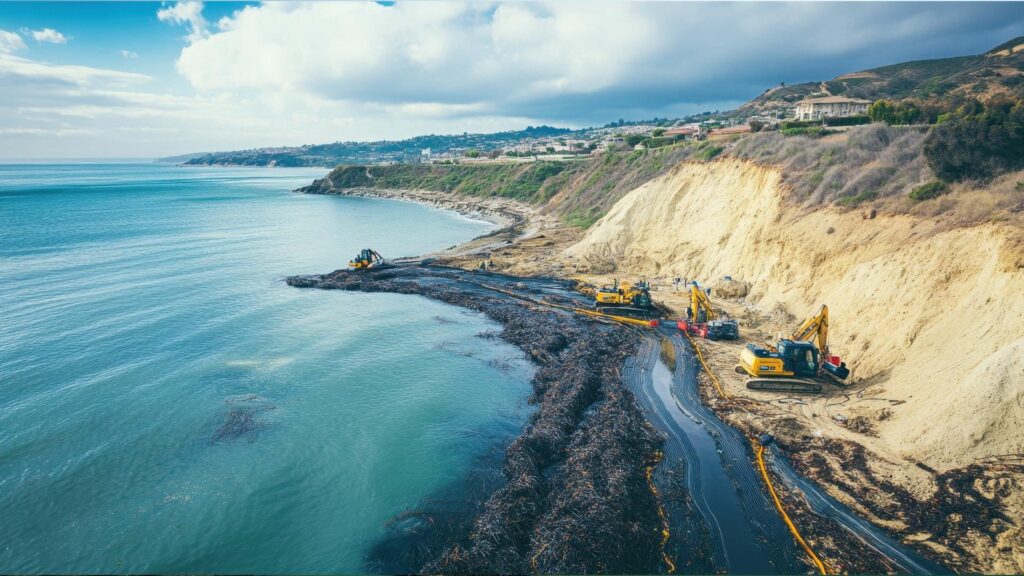
Mining land reclamation is a specialized branch of land reclamation focused on restoring lands that have been disturbed by mining activities. It addresses the environmental and social challenges posed by mining, ensuring that previously mined areas are returned to productive or natural states. The land reclamation meaning in this context extends to reviving degraded ecosystems, improving soil quality, and creating opportunities for agriculture, recreation, or conservation.
The primary goal of mining land reclamation is to minimize the long-term environmental impacts of mining. This includes stabilizing the land, preventing soil erosion, and restoring vegetation. In some cases, reclaimed land is repurposed for agricultural use, industrial development, or even wildlife habitats. By doing so, mining land reclamation not only addresses environmental concerns but also contributes to the socio-economic development of communities near mining sites.
Innovative techniques and technologies are driving advancements in mining land reclamation. For instance, soil amendments and reforestation programs are being implemented to accelerate the recovery of vegetation and biodiversity. Additionally, technologies like geomorphic reclamation reshape the land to mimic natural landscapes, reducing erosion and improving water management.
Another promising development in mining land reclamation is the use of phytoremediation, where plants are used to detoxify soils and remove contaminants. These advancements, combined with improved planning and regulation, ensure that land reclamation meaningfully restores disturbed areas while promoting sustainable practices.
Mining land reclamation exemplifies how industries can take responsibility for environmental restoration, transforming degraded land into valuable resources for future generations.
Environmental and Socio-Economic Impacts of Land Reclamation
Land reclamation has a profound impact on the environment and society. While it creates opportunities for urban expansion and resource utilization, it also poses significant environmental concerns that need to be carefully managed. Land reclamation includes transforming unusable land, but the process can lead to ecological imbalances if not executed sustainably.
One major environmental concern is the loss of natural habitats. Land reclamation often disrupts wetlands, coastal ecosystems, and marine habitats, affecting biodiversity and species populations. Changes in hydrology, such as altered water flow or sedimentation patterns, can further impact aquatic and terrestrial ecosystems. Without proper planning, land reclamation projects risk long-term ecological damage, making sustainability a critical factor.
On the other hand, land reclamation has substantial socio-economic benefits. It supports urban expansion by creating new land for housing, infrastructure, and industries, addressing land shortages in densely populated areas. Additionally, resource recovery, such as mining land reclamation, allows for the repurposing of disturbed areas, contributing to economic growth and environmental restoration. Another key benefit is enhanced resilience against climate change, especially in coastal areas, as reclaimed land can act as a buffer against rising sea levels and erosion.
Sustainable practices and regulations are essential for balancing these impacts. Mining land reclamation demonstrates how disturbed land can be restored while minimizing environmental harm. By understanding the broader meaning of land reclamation and adhering to sustainable guidelines, projects can achieve socio-economic goals while protecting ecosystems for future generations.
Modern Innovations in Land Reclamation
Innovations in land reclamation are transforming the way projects are executed, making them more efficient, sustainable, and environmentally friendly. As urbanization and environmental challenges intensify, modern technologies and approaches are redefining the land reclamation meaning, aligning it with the goals of sustainability and resilience.
Emerging technologies such as geotextiles and smart dredging have revolutionized the land reclamation process. Geotextiles, which are permeable fabrics, stabilize soil, control erosion, and reinforce reclaimed land, making it more durable and suitable for construction. Smart dredging utilizes advanced monitoring systems to optimize sediment extraction and placement, reducing environmental disruption and improving project precision. These technologies enhance the efficiency of land reclamation projects while minimizing their ecological footprint.
Another innovative trend is integrating renewable energy projects into reclaimed land. For example, many reclaimed areas are now being repurposed as solar farms or wind power facilities. This dual-use approach maximizes the value of the reclaimed land and supports global renewable energy goals, contributing to a more sustainable future.
Green infrastructure also plays a significant role in sustainable land reclamation. Projects increasingly incorporate natural features such as wetlands, mangroves, and green corridors to restore ecological balance. These features act as buffers against flooding, improve water quality, and enhance biodiversity, complementing the reclamation effort with long-term environmental benefits.
Mining land reclamation is also experiencing innovative advancements. Techniques such as geomorphic reclamation reshape mined land to mimic natural landscapes, while phytoremediation uses plants to detoxify and restore soil quality. These innovations highlight how mining land reclamation is becoming more effective and aligned with sustainability goals.
By adopting these modern approaches, the land reclamation meaning continues to evolve, ensuring that projects are not only functional but also environmentally and socially responsible.
Conclusion
Land reclamation has proven to be a powerful tool in addressing urbanization challenges and protecting vulnerable coastal regions. The land reclamation meaning extends beyond merely creating new land—it plays a crucial role in supporting urban development, mitigating the impacts of climate change, and fostering sustainable growth. From expanding cities to protecting coastlines and restoring degraded ecosystems, land reclamation is a versatile solution with far-reaching benefits.
However, these projects must be undertaken with a strong emphasis on sustainability and innovation. Balancing environmental considerations with development goals is essential to minimize habitat loss, maintain ecological balance, and ensure long-term viability. Techniques such as green infrastructure, renewable energy integration, and advanced technologies like geotextiles and smart dredging have highlighted how modern innovations can make land reclamation projects more effective and environmentally responsible.
Mining land reclamation serves as an excellent example of how disturbed lands can be transformed into valuable resources through sustainable practices. By applying similar principles to broader land reclamation efforts, communities can achieve economic growth while safeguarding the environment.
As we face growing challenges from urbanization and climate change, it is imperative to integrate land reclamation into long-term development and environmental strategies. By doing so, we can create resilient, sustainable, and thriving spaces that meet the needs of both present and future generations.

